Consumers in the U.S. spend over $24 billion a year on condiments to enhance the flavor of their food. But where did condiments originate from? And how far back in history do they go? How early were humans adding condiments to their meals?
Ancient condiments go back as far as 3000 B.C. when early Indians and Sumerians ground mustard seeds and used the powder as a spice. Garum, ketchup, soy sauce, and chutney also have long histories of production and use in the ancient world.
In this post, we’ll look at the oldest condiments and their many uses. We’ll take a journey back in time to see these condiments’ varieties, appearances, and how they taste. When we come back to the present, we’ll take a look at the forms that these condiments exist in today.
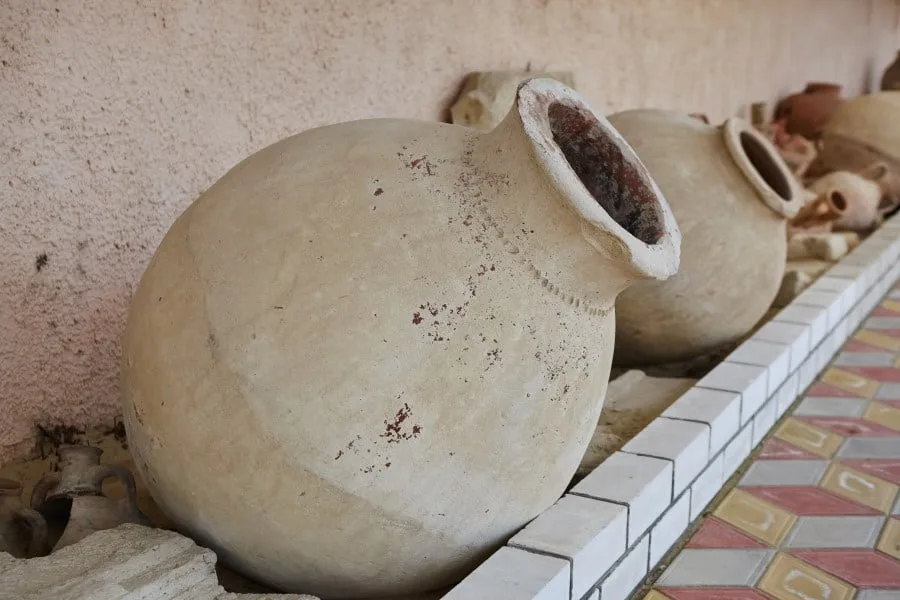
What is the Oldest Condiment?
Mustard is probably the oldest known condiment dating back to 3000 B.C. Garum was perhaps next in succession with the Romans using it often for dressing up various dishes used to impress official guests. Then came chutney, ketchup, and soy sauce.
| Condiment | Origin | Date of Origin |
| Mustard | Ancient Sumeria | 3000 B.C. |
| Garum | Ancient Rome | 500 B.C. |
| Chutney | Ancient India | 500 B.C. |
| Ketchup | Imperial China | 300 B.C. |
| Soy Sauce | Imperial China | 202 B.C. |
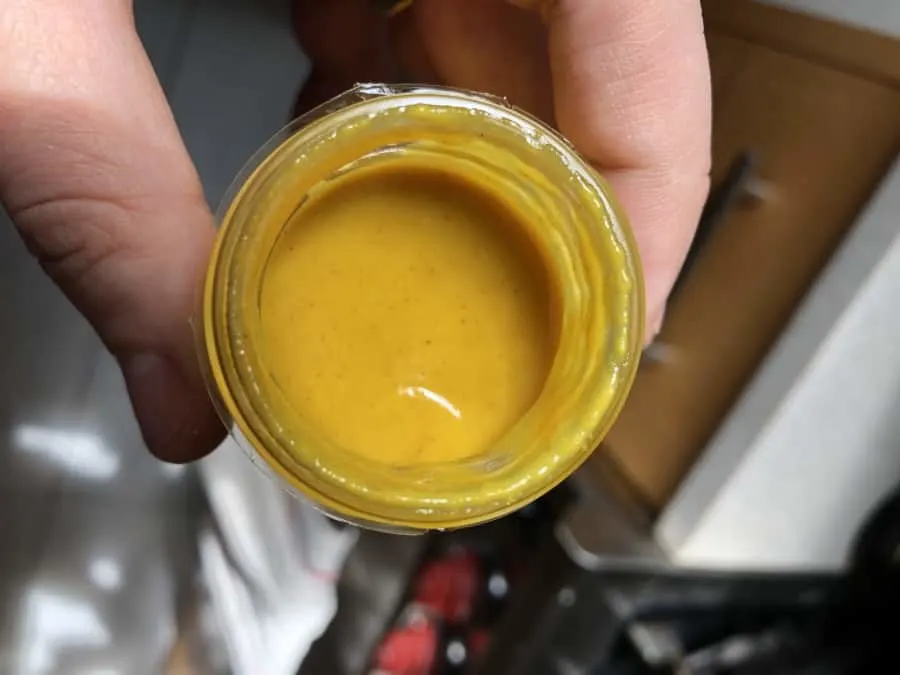
Mustard
The earliest recorded use of mustard was around 3000 B.C. by the ancient Sumerians. Historians believe they would ground up mustard seed and mix it with grape juice either as a sauce or a spread for fish and meat.
Third-century Romans also caught on to the idea of using mustard. Soldiers, as well as dignitaries, were crazy about the flavor and would mix it with a number of ingredients, including:
- Pepper
- Caraway
- Coriander seeds
- Dill
- Celery
- Thyme
- Oregano
- Onion
- Honey
- Vinegar
- Fish sauce
- Oil
Old vs. New Mustard: What are the Differences?
The main difference between ancient and contemporary mustard is the number of ingredients. Ancient mustard had every kind of spice and sweetener imaginable thrown into it. Different regions around the world, from the Sumerians, to the Romans, Greeks and even the French, would mix in different ingredients to their ground mustard.
Although we still have different varieties of mustard and some regional differences, the ingredients have reduced and are usually a combination of the following:
- Mustard seed
- Distilled vinegar
- Turmeric
- Paprika
- Spice
- Natural flavor
- Garlic powder
What did the Ancient Version of Mustard Look and Taste Like?
Ancient mustard was not the bright yellow color that we associate with mustard today, but rather a dark beige color. It had a peanut butter like consistency, and a very potent flavor
since the mustard seed was freshly ground.
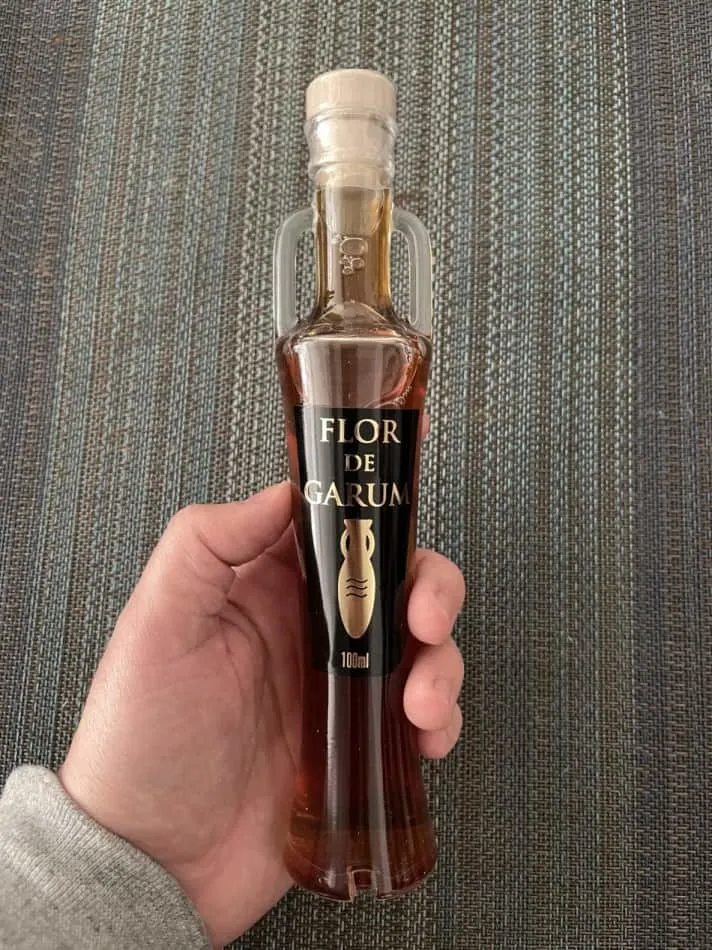
Garum
Garum is a type of fish sauce used as a condiment even today, although it is quite rare. Historians date it back to the Roman empire and it gets its name from the Germanic word Garo, meaning “ready.”
Garum was manufactured in ancient times with the organs of gutted fish and any undesirable fish that were too small to eat. These remains were then heavily salted to break down the flesh. The fish would then be left to ferment in the hot sun for about two months. After this time, the mixture was then strained, with the pure liquid that was strained out of it the Garum.
Old vs. New Garum: What are the Differences?
Garum does not exist in quite the same form as it did during the Roman empire. But Garum-like fish sauces are still prevalent today, especially in many southeast Asian cuisines.
The main contrast between the two is the fermentation. Most fish sauces are generally not fermented as long as ancient Garum. But, like Garum, today’s fish sauces do have a distinct fish smell, which can be rather off-putting for some people.
What did the Ancient Version of Garum Look and Taste Like?
Ancient Garum likely tasted briny, brothy, and a bit fishy. Its flavor would also change slightly if it was paired with another ingredient, such as oil or vinegar. However, it is safe to say that Garum added a salty flavor, as well as hints of umami, no matter what it was combined with.
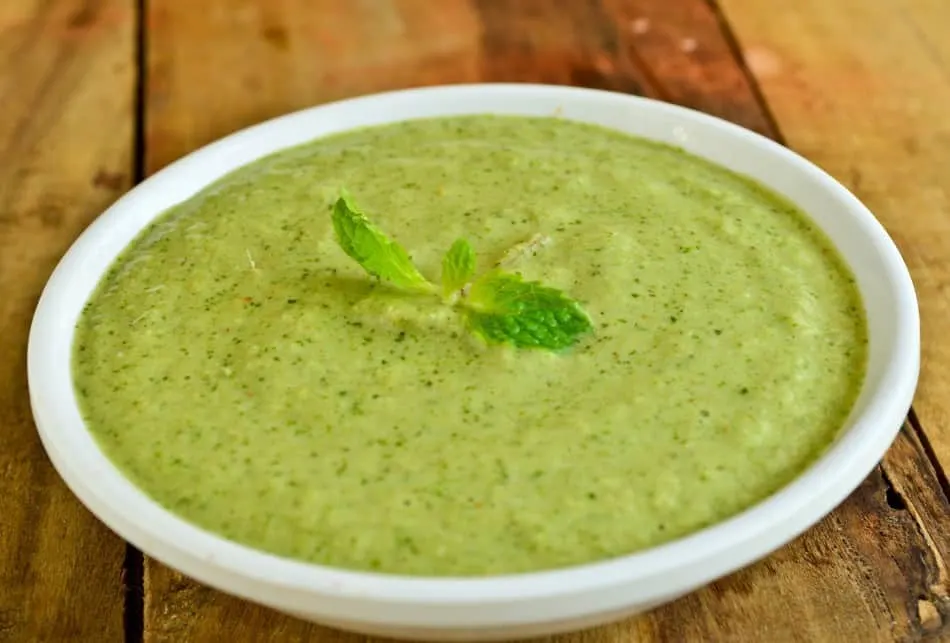
Chutney
Chutneys originated in India around 500 B.C. Unlike the other condiments discussed above, chutney is not one sauce, but rather a family of condiments and sauces that can come in a variety of flavors from tomato, to peanut, to coriander.
Because it comes in so many flavors, the texture can be different, and can range from smooth and silky to a more chunky, salsa-like substance. It is often made from vegetables or fruits with some herbs and spices thrown in to add flavor.
Old vs. New Chutney: What are the Differences?
There are not that many differences between the ancient and current versions of chutney. As the chutneys spread from India, they incorporated other flavors, including more fruitier and sweeter versions.
What did the Ancient Version of Chutney Look and Taste Like?
As mentioned above, there hasn’t been too many changes from ancient to contemporary versions of chutney. There are so many types of chutney that it would be impossible to list them all here. The ingredients largely depend on which region it originates from. The taste is always fresh as there are never any chemicals or preservatives added.
Chutneys from India’s northern regions are mostly made from vegetables like spinach, tomatoes, and a wide assortment of fresh peppers. The flavor is not as spicy as some of the chutneys offered in the country’s southern areas.
In the southern regions of India, you will find ingredients like peanuts, coconut, and mango. The chutney in the south is also very heavy on curry leaf and ripened chili, making some of the mixtures very hot.
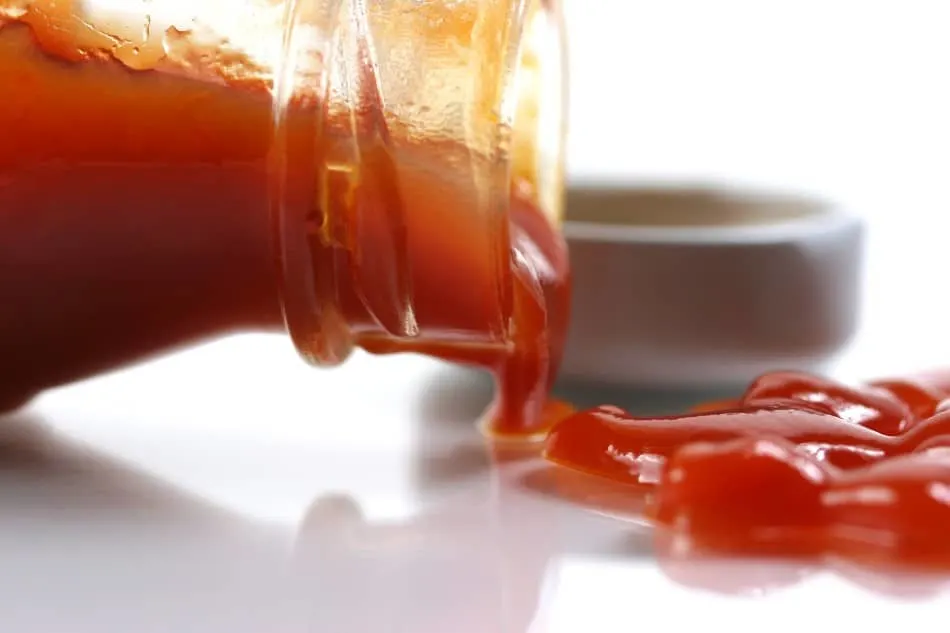
Ketchup
The first versions of ketchup did not resemble the ketchup you find in most households today. The first use of ketchup dates back to 300 B.C. according to written records found in southern imperial China. Perhaps surprisingly, this version of ketchup did not use any tomatoes, but was instead made from fish entrails, other meat byproducts, and soybeans. This fermented paste was called “ge-thcup” or “koe-cheup” and thanks to its fermented nature, it not only added flavor to meals, but was also able to last a long while.
Thanks to the sea trade, this condiment was spread across southeast Asia and was picked up by British traders in the 1700s, who brought home samples and recreated diverse varieties using oysters, mussels, mushrooms, walnuts, and even lemons.
It was not until 1812 that the first version of ketchup that used tomatoes as the base ingredient emerged, thanks to the Philadelphia-based scientist James Mease.
Old vs. New Ketchup: What are the Differences?
Older versions of ketchup used completely different ingredients and had a very concentrated flavor that was both salty and spicy. Today’s tomato-based version is sweeter and tangier than its ancestral counterpart.
What did the Ancient Version of Ketchup Look and Taste Like?
The ancient fermented version of ketchup was a very concentrated paste. As mentioned above, it was often made from a wide variety of ingredients, ranging from fish entrails, to mushrooms, and even lemons.
Today’s version not only is tomato-based, which lends it the bright red color we associate ketchup with, but it also includes vinegar which gives it its signature sweet and tangy flavor.
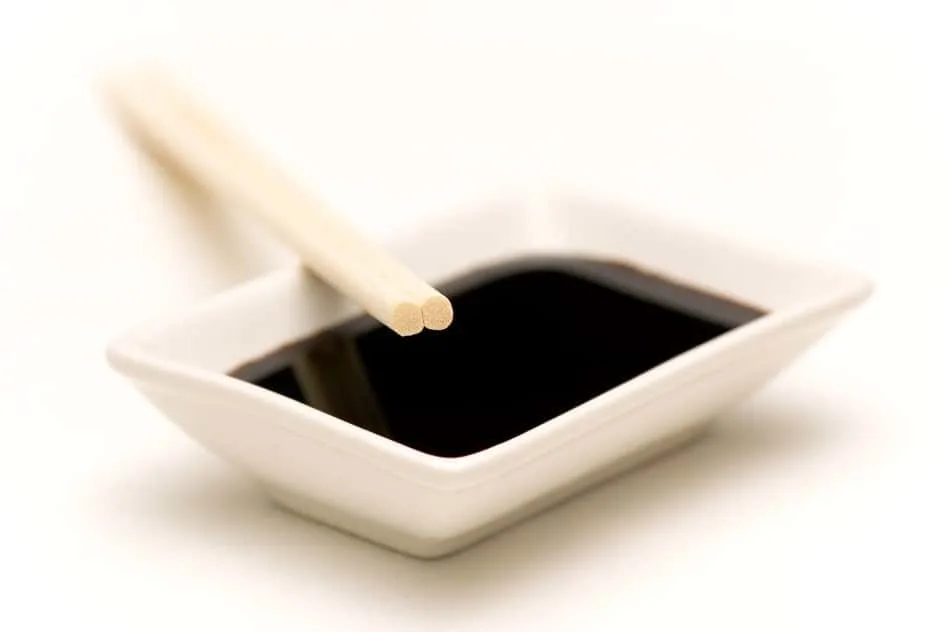
Soy Sauce
Soy sauce originated in China around 202 B.C. during the Han Dynasty. Its original form, called “jan” or “jiang”, was more of a paste rather than a sauce. There were varieties that used fruits, vegetables, and grains which were then pickled in salt to preserve them. The grain types, which used rice, wheat, and soybeans, are thought to be prototype for the soy sauce we know today.
Traditionally it was made from soybeans and grains mixed with mold cultures and yeasts.
Ancient manufacturers of soy sauce allowed the mixture to naturally ferment in the sun for several weeks or even months. Today, the ingredients are similar, but the fermentation process takes only a few days, saving a tremendous amount of time for production.
Old vs. New Soy Sauce: What are the Differences?
Most commercial soy sauce you find in the supermarkets or restaurants contain hydrolyzed vegetable protein instead of real soybeans. This is largely because it is cheaper to produce than soybeans. As a result, manufacturers load it down with salt to help enhance the flavor.
What did the Ancient Version of Soy Sauce Look and Taste Like?
Traditional soy sauce is slightly lighter in color and more paste-like than the commercial variants we find today. They also had a more robust soy flavor. This meant there wasn’t as much need for flavor enhancers and additives as there are in today’s soy sauce.
Closing Thoughts
Many of the condiments we use daily were actually created many hundreds of years ago. While some are no longer in use, many have evolved into sauces we use regularly in our meals today. Many condiments were created as a way of preserving food, with the added benefit of adding flavor to meals.
The largest difference in how ancient people made condiments and how we make them today is in the manufacturing process. Back then, they didn’t have large factories to make their food, and it was all done by hand.
Without today’s manufacturing technology, ancient condiments usually required long fermentation periods, which created much stronger flavors than what we expect from condiments today.
